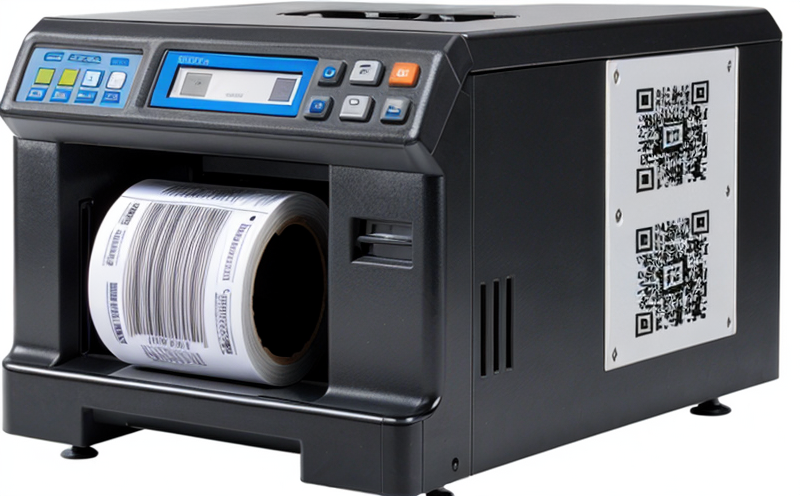EN 16450 Label Adhesion and Durability for Logistics
The EN 16450 standard is a European Union (EU) regulation aimed at ensuring the integrity of labels used in logistics. This standard mandates that labels must adhere effectively to various packaging materials under different environmental conditions, ensuring they remain legible throughout their intended use lifecycle. Compliance with this standard is crucial for companies involved in international trade and supply chain management.
Logistics labels are subjected to harsh environments during transportation, storage, and distribution. These conditions include extreme temperatures, humidity, vibrations, and exposure to chemicals. The EN 16450 test assesses the label's resistance against these factors through rigorous adhesion and durability tests. This ensures that critical information on packaging remains intact and legible, thereby preventing errors in product identification, traceability, and inventory management.
The standard applies to a wide range of labeling applications such as cartons, pallets, crates, and other packaging used in logistics. The test specimens include labels printed using various printing methods (e.g., thermal transfer, inkjet) on diverse substrates like paper, synthetic films, and composite materials commonly found in the logistics industry.
The EN 16450 test methodology consists of several parts that evaluate different aspects of label performance. These include:
- Adhesion tests under various temperature and humidity conditions
- Vibration resistance tests to simulate transportation conditions
- Chemical resistance tests using solvents, acids, and bases commonly found in logistics environments
- Aging tests to evaluate the label's performance over time
The test specimens are subjected to these environmental factors for a specified duration. After exposure, the labels undergo inspection for any signs of deterioration or loss of adhesion. The standard provides detailed criteria for acceptable outcomes in each category, ensuring that labels meet strict quality standards.
Compliance with EN 16450 is essential for businesses operating within the EU and those engaging in international trade. Non-compliance can result in fines, product recalls, and reputational damage. By adhering to this standard, companies ensure their products meet regulatory requirements and maintain a competitive edge.
In conclusion, EN 16450 is an indispensable tool for ensuring the reliability of labels used in logistics. It provides a comprehensive framework for evaluating label performance under real-world conditions, thereby enhancing product safety and traceability.
Benefits
Compliance with EN 16450 offers numerous advantages to businesses involved in packaging logistics. Firstly, it ensures that labels remain legible throughout the entire supply chain, reducing errors and misidentifications. Secondly, compliance enhances product safety by ensuring that critical information is always accessible. Thirdly, it demonstrates a commitment to quality and regulatory compliance, which can significantly enhance a company's reputation.
From an operational perspective, EN 16450-compliant labels reduce the risk of product recalls due to mislabeling or missing information. This not only saves companies time and money but also mitigates potential legal risks. Additionally, compliance with this standard can help businesses gain a competitive edge by ensuring they meet the highest industry standards.
For quality managers and compliance officers, EN 16450 provides a clear set of guidelines to follow, simplifying the process of ensuring label integrity. This standard also supports R&D engineers in developing innovative labeling solutions that meet global regulatory requirements. In procurement, it ensures that suppliers meet international standards, thereby reducing supply chain disruptions.
Ultimately, compliance with EN 16450 is not just a legal requirement but a strategic decision that can lead to significant cost savings and operational efficiencies. By investing in this standard, businesses can ensure they remain competitive in the global market while maintaining the highest standards of quality and safety.
International Acceptance and Recognition
- The EN 16450 standard is widely recognized across Europe, ensuring consistency in labeling practices throughout the region.
- Many international companies operating within EU member states adhere to this standard as a matter of compliance with local regulations.
- A growing number of non-EU countries are adopting similar standards for their own logistics sectors, recognizing the importance of label integrity and durability.
- The standard is also recognized by major global logistics companies, ensuring that labels meet international quality standards.





